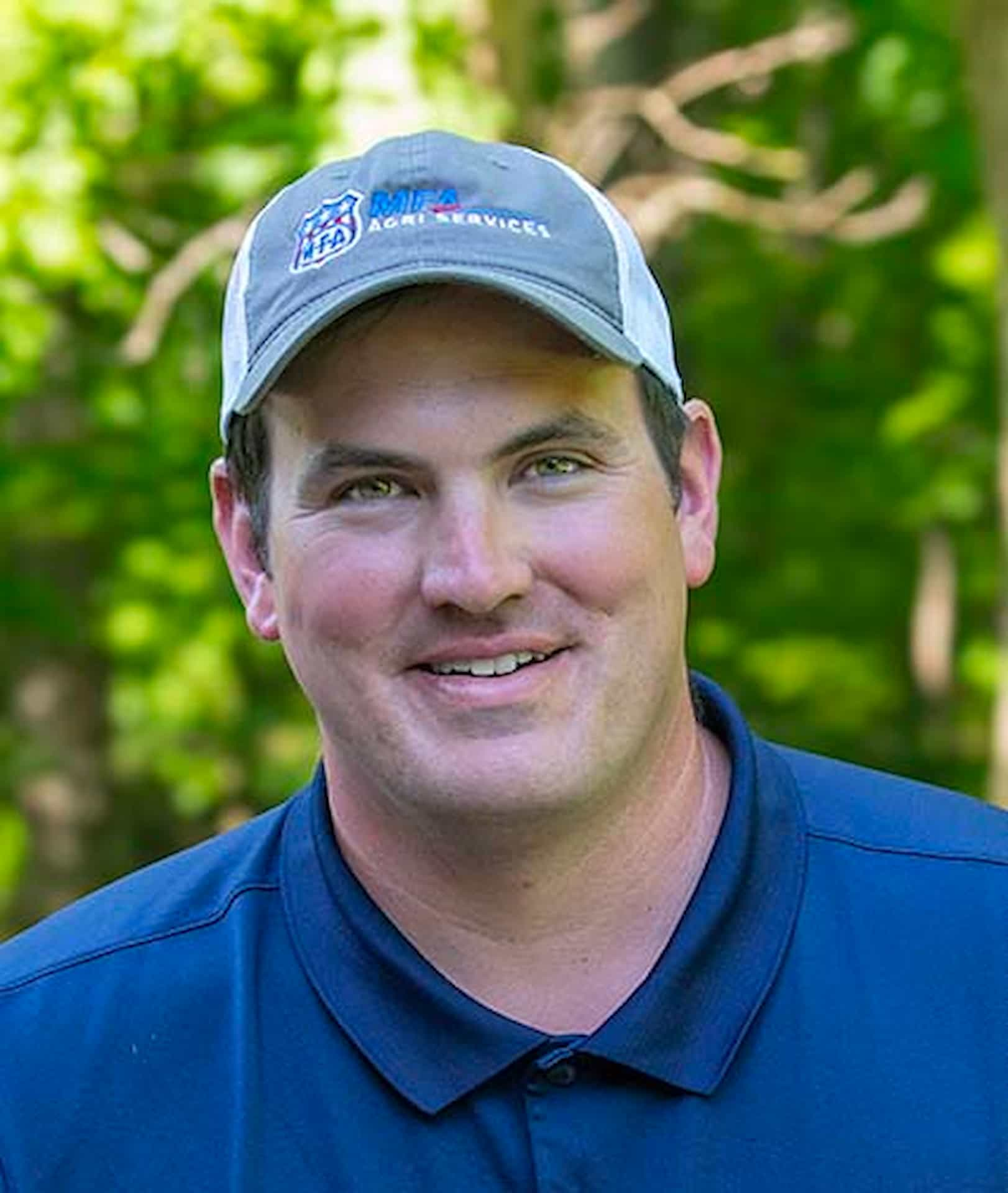Managing CRP acres for long-term success
by Joe Zoellner, MFA Natural Resources Conservation Specialist
“For landowners and producers who are successfully awarded CRP contracts, the work doesn’t stop there.”
With the USDA Farm Services Agency’s (FSA) flagship conservation program, CRP, celebrating its 40th anniversary this year, it’s a good time to highlight the program and discuss considerations for producers and landowners when managing their CRP acres.
 The CRP (Conservation Reserve Program) offers incentives to help producers and property owners voluntarily enroll less-productive or selected acres into contracts in which they agree to convert sensitive farmland into native grasses, forbs or tree covers. This provides several conservation benefits, such as controlling erosion, improving water quality and providing wildlife habitat.
The CRP (Conservation Reserve Program) offers incentives to help producers and property owners voluntarily enroll less-productive or selected acres into contracts in which they agree to convert sensitive farmland into native grasses, forbs or tree covers. This provides several conservation benefits, such as controlling erosion, improving water quality and providing wildlife habitat.
The FSA administers CRP while other USDA agencies and partners provide technical support. The different types of CRP contracts are general, continuous and grassland, and your FSA representatives will help determine which one is right for you. Each includes many conservation practices that may be used to implement the individual programs. In most cases—and as long it is applicable to their land—participants can work with their FSA office to choose specific practices according to their conservation interests. Some examples are establishing native grasses or forbs and wetland restoration.
For landowners and producers who are successfully awarded CRP contracts, the work doesn’t stop there. Typically, enrolled acres are required to be managed at least once during the contract’s lifespan, but more frequent management is often recommended according to your specific CRP contract. FSA or the Natural Resources Conservation Service (NRCS) will provide a document known as an “Exhibit 11.3” associated with your specific CRP contract, clearly defining eligible management activities, dates they may be implemented and other specific limitations. For questions about applicable practices, CRP participants should reach out to their local FSA office before implementation to verify they are allowed.
“For landowners and producers who are successfully awarded CRP contracts, the work doesn’t stop there.”
Eligible management activities may include:
Light disking (4 to 6 inches deep) and creating 30% to 70% bare ground will encourage a diverse plant community of annual and perennial plants. Disk between July 16 and April 30 to avoid injury to nesting and fledgling ground birds. Disked strips should be 30 to 75 feet wide, and standing cover twice as wide should be left between each disked strip.
Spraying herbicides will help manage plant community succession. The goal is not to eradicate vegetation but to reduce its vigor and abundance, encouraging plant diversity. To accomplish this, use herbicides at rates labeled to set back or suppress but not eliminate vegetation. Herbicides should only be applied when the targeted vegetation is actively growing. FSA and other technical service providers will assist you with selecting proper herbicides.
Impact grazing disturbs the existing vegetative community and soils, carried out by the natural processes of the grazing animals, to promote bare soils, forbs and legumes when existing grasses have become too thick.
Prescribed fire may be the most beneficial and natural of the eligible management activities. This practice simulates the natural fires that once regularly swept across the landscape and can be used to achieve many management goals, such as to set back or promote warm- and cool-season grasses, control woody encroachment and encourage the growth of native plants. Prescribed fire can be an intimidating management tool. With CRP acres, however, FSA requires landowners to work with a certified burn planner to create a plan for prescribed fire. Qualified staff from NRCS, the Missouri Department of Conservation, Pheasants Forever/Quail Forever or a prescribed burn association can provide these services.
If you are interested in CRP, the first step is to contact your FSA office to create and submit an offer tailored for your land, practices and goals. Information on specific enrollment periods and qualifications can be found online at fsa.usda.gov/resources/programs/conservation-reserve-program or by reaching out to your local FSA office.
Check out more stories in the August/September Today's Farmer Magazine.